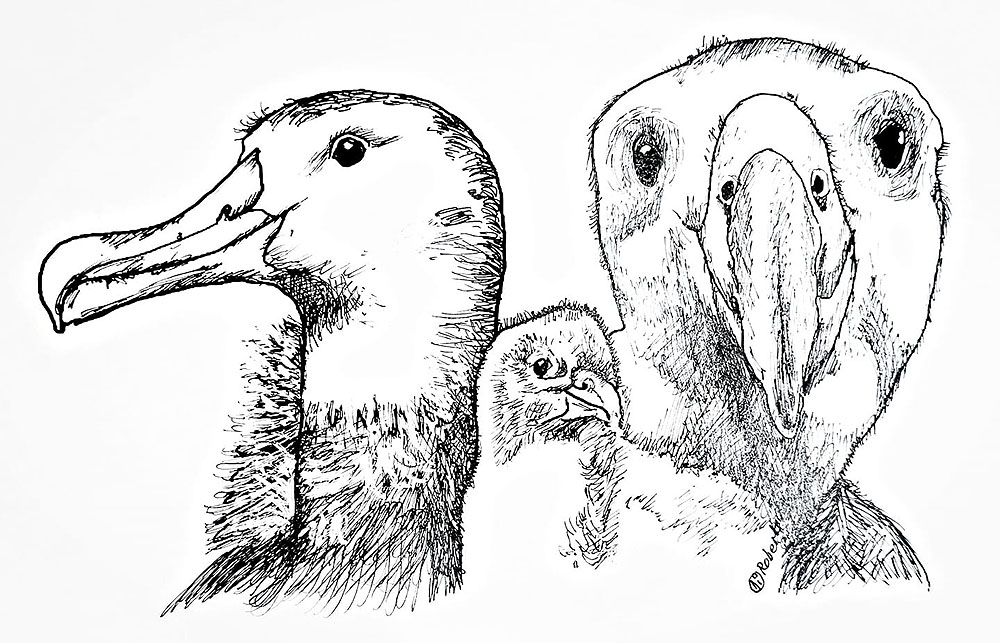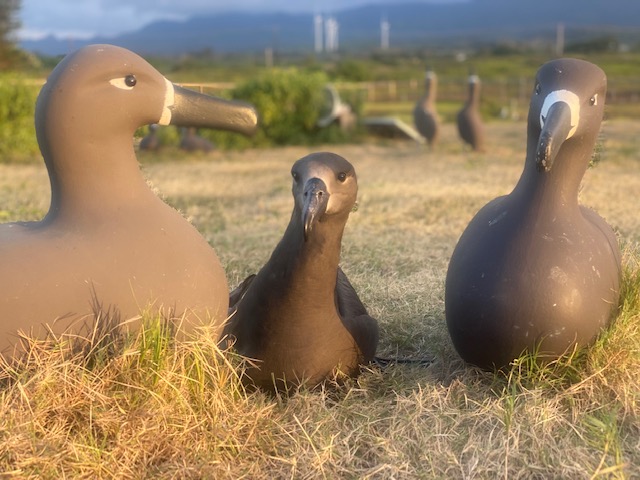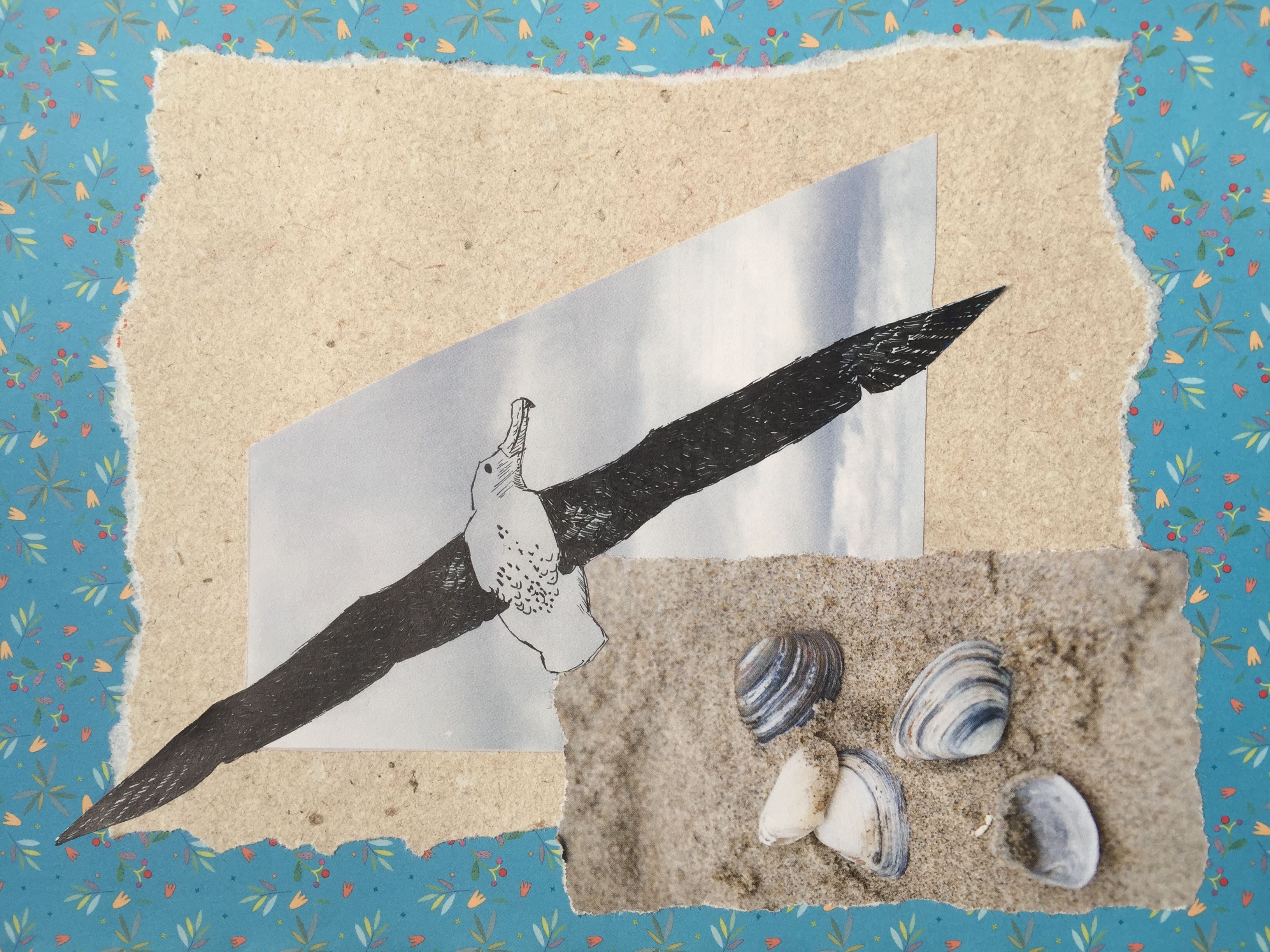
A Tristan Albatross family, artwork by Di Roberts after photographs by Tom McSherry and Michelle Risi
As for nearly all international meetings affected by the COVID-19 pandemic around the world, the Twelfth Meeting of ACAP’s Advisory Committee (AC12) will be held virtually from 30/31 August to 1/2 September 2021 (depending on where you are in the world). Meetings of the Seabird Bycatch Working Group, and the Population and Conservation Status Working Group will precede AC12: SBWG10 from 16/17 to 18/19 August, and PaCSWG6 from 23/24 to 24/25 August 2021.
Further information is now available in AC12 Circular 5 in the three official ACAP languages of English, French and Spanish, The circular provides information om the timing and length of the meetings, the conference manager and platform chosen for the meeting, provides ad hoc meeting guidelines for approval by AC Members, and advance information about technical arrangements and the desirability of early registration.
Congress Rental has been chosen to manage the technical aspects of the meeting, which will use the Interprefy platform. Interprefy enables “relay interpretation” (involving multiple languages – three in the case of ACAP). Congress Rental will be responsible for providing technical advice to Chairs, Convenors, Secretariat, interpreters and other participants in advance of the meetings (including technical training on the use of the platform). It will assist the ACAP Secretariat in the preparations for the meeting, and the technical training, if participants could register using the online form by 17 July.

 English
English  Français
Français  Español
Español 


